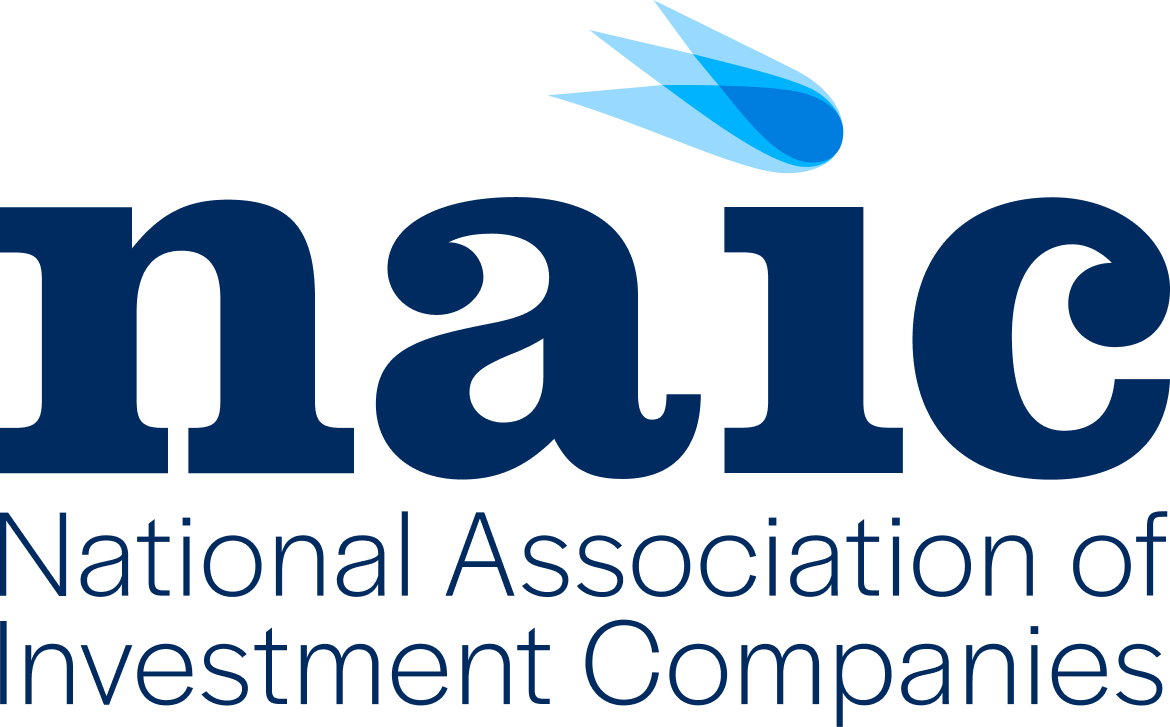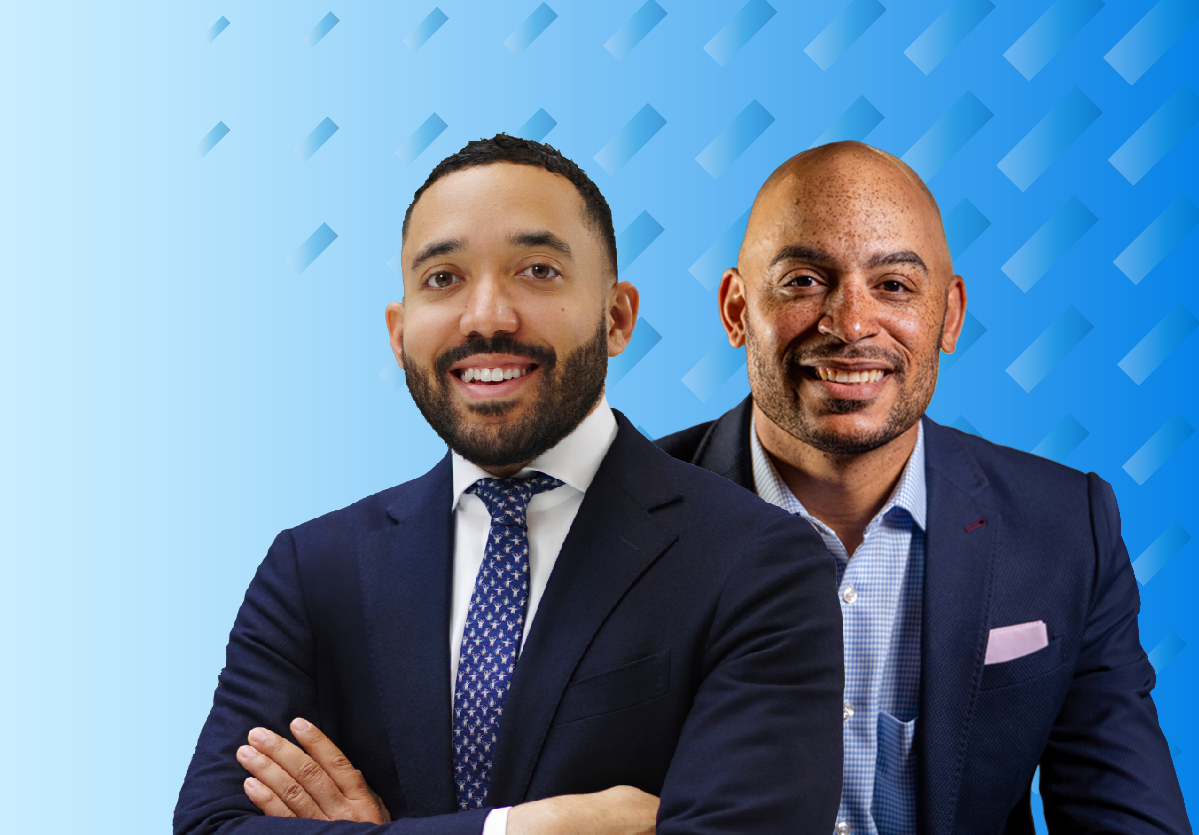
Economic uncertainty brought about by higher inflation, rising oil prices and global instability have resulted in 2023 becoming the most challenging fundraising environment in recent years. Through the end of Q3 2023, the pace of fundraising activity has slowed, causing the average duration to close a private equity fund to increase to 15.6 months – its highest point since 2011, according to PitchBook’s quarterly U.S. PE Breakdown. Diverse-owned firms also face a backlash against DEI initiatives intended to help offset longstanding discriminatory practices.
Against this lackluster backdrop, a cadre of diverse-owned private equity member firms – including those new to the fundraising process – defied the odds by closing oversubscribed funds this year. FVLCRUM Partners, which exceeded $302 million in aggregate commitments for its first institutional fund and topped its $250 million target; NexPhase Capital, which closed Fund V at $795 million of capital commitments, exceeding its $750 million target; and Red Arts Capital, which closed its inaugural fund at $270 million, besting its target by $45 million.
In this NAIC exclusive, we look at some of the strategies these innovators employed to contend with the harsh environment and the challenges they overcame to bring LPs aboard and exceed their fundraising targets.
NAIC Member Fundraising
Per Annum
Fundraising Streams
As of March 2023
Strategy Matters
For FVLCRUM Funds, a lower middle market buyout firm focused on addressing the U.S. racial wealth gap, exceeding its target is especially impressive considering it’s the firm’s first fund. FVLCRUM’s strategy to align alpha and impact resonated with the market, contributing to the firm’s fundraising performance, says Marques Martin, Partner.

“We launched fundraising before the market uncertainty and held our first close in December 2021. FVLCRUM’s first close exceeding $104 million signaled great fundraising momentum to the market.”
– Marques Martin, Partner, FVLCRUM
During the fundraise period, the firm’s four partners worked in stride to raise capital, complete deals, and build relationships simultaneously. The team also had the foresight to work with increased urgency when it looked like the market was taking a turn. FVLCRUM initiated smaller closes more frequently to lock in capital commitments as often as possible. “We responded to the changes in the market and therefore initiated smaller, more frequent closes. This adaptation of our strategy contributed to our successful fundraise,” Martin explains.
FVLCRUM’S approach to dealmaking remained steadfast during the fundraise period. “Our investment strategy focuses on companies performing mission-critical operations. During the fundraise period we placed particular emphasis on sourcing businesses providing essential services,” says Martin.
But at the end of the day, results matter – a lot. The $795 million-plus of capital commitments for NexPhase Capital Fund V represents a more than 45% increase in size from its predecessor fund. The firm attributes much of that success to prior fund performance that led to existing investors confidently re-investing. “Our thematic approach to sourcing compelling investment opportunities, paired with the methodical application of our value creation strategy, has delivered attractive returns for our investors,” said Ted Yun, NexPhase’s Managing Partner, in the firm’s press release.
Backing from existing investors cannot be taken for granted in this environment – even if many LPs want to invest. Approximately 80% of the capital that private equity firms raise for new funds comes from reinvested distributions. As of the first quarter, distributions were on track to be at their lowest since the financial crisis. “When distributions dry up, you have tough choices about who you’re going to fund,” says Pete Witte, Global PE Analyst for EY. “LPs want to fund, and I think they learned their lesson from the financial crisis, where they pulled back on their allocations when they should have stepped on the gas. They don’t want to make that mistake again.”
While the current environment clearly makes fundraising more challenging, it is not all grim news from a macro perspective. While fundraising is tracking lower year to date than where it was last year, 2022 was a record year for asset managers seeking capital. “I think now, it’s really around the capital constraints that we’re seeing due to a lack of distributions back to LPs,” says Witte, who authors EY’s quarterly Private Equity Pulse report. “There’s confidence in the asset class, but the ability to actually make those commitments, it’s harder to do.”
PE fundraising fell 16% in the first half of the year
Per billion USD
Laying the Foundation
Another firm that managed to raise an oversubscribed inaugural fund, Red Arts Capital, attributes part of that success to building and leveraging relationships with LPs before beginning the fundraising process. Red Arts, which focuses on supply chain-related, transportation and logistics businesses, launched a friends and family round in 2021 and started its institutional raise in 2022. The fund closed in April 2023 at $270 million, exceeding its target by $45 million.
“Having not raised a fund before, I can’t say whether or not it was easier or harder than previous times, but it certainly was not easy.”
– Nicholas Antoine, Co-Founder and Managing Partner, Red Arts Capital

Building early relationships with limited partners allowed Red Arts to establish a rapport over a long period of time while the firm operated as an independent sponsor. “They could see our process and understand how we thought about things,” explains Nicholas Antoine, Co-Founder and Managing Partner. “So, it wasn’t like investors were necessarily ramping up diligence at the last minute. They’d been tracking us for a while.” Red Arts’ strong performance in the pre-fund stage also helped pique investor interest.
Even leveraging relationships and strong performance, Antoine admits that fundraising was arduous. “Having not raised a fund before, I can’t say whether or not it was easier or harder than previous times, but it certainly was not easy,” he admits. “It was a long process, and I think it would’ve been a long process no matter how good your performance is or how much interest there may be in a fund.” The firm is busy putting the capital to work, and the fund is approximately 20% deployed.
Having NAIC members close on oversubscribed funds – two being inaugural – is a testament to these firms’ leadership and investing acumen, according to NAIC President & CEO Robert L. Greene. “While market conditions are more challenging than ever based upon economic factors as well as newfound attacks on DEI, there are firms that are successfully raising their funds and even finishing oversubscribed,” he says. “This is being achieved because of outstanding performance demonstrated excellence in portfolio company development, extremely hard and tenacious work.”

